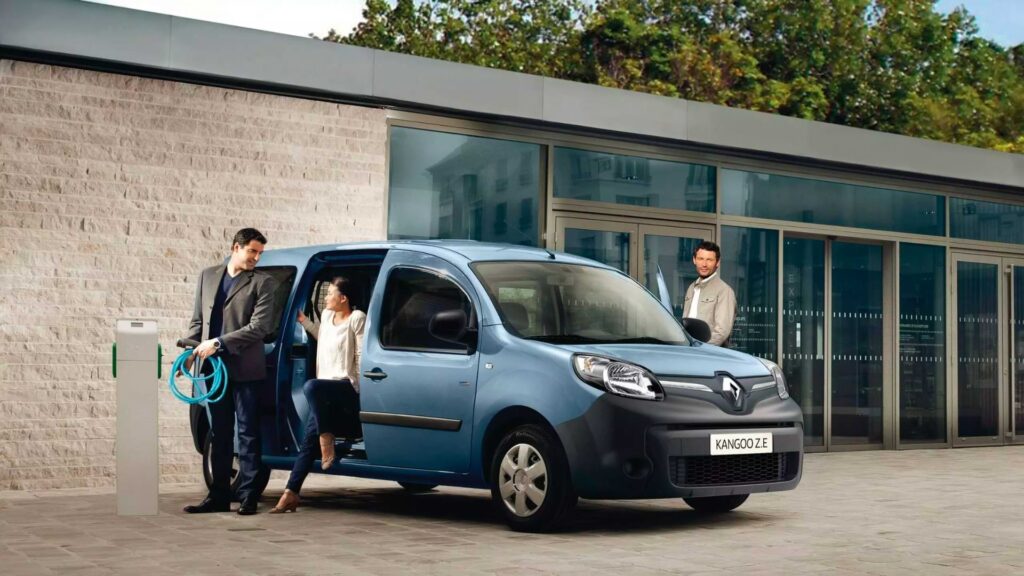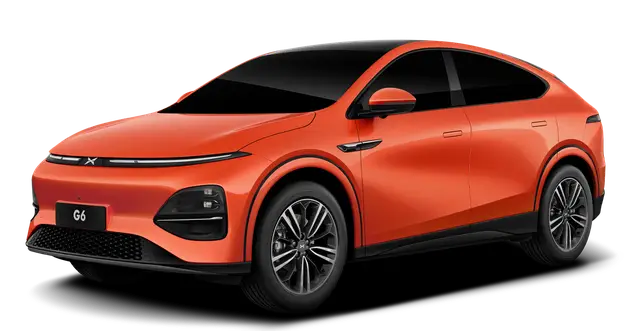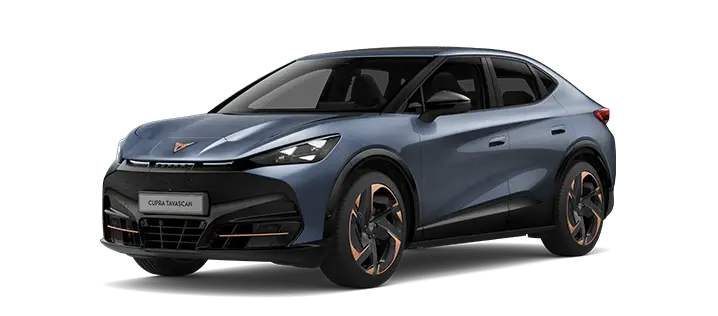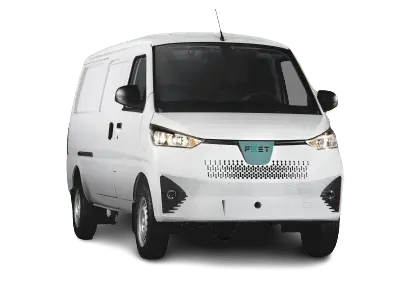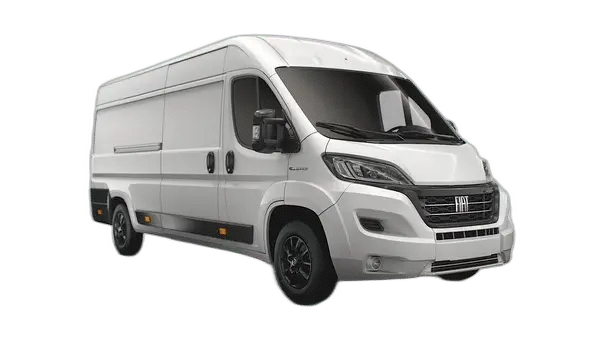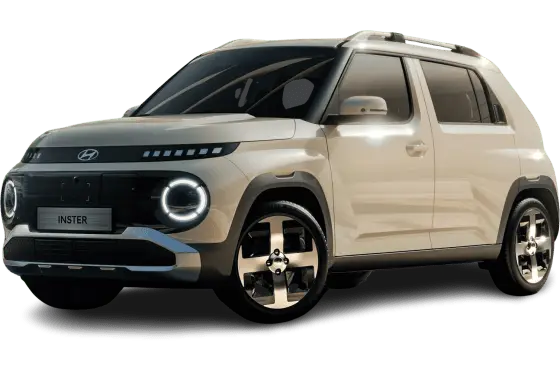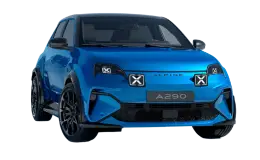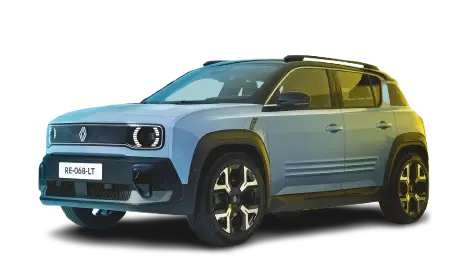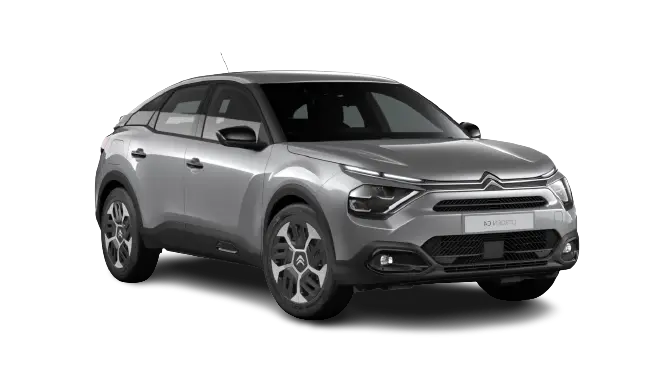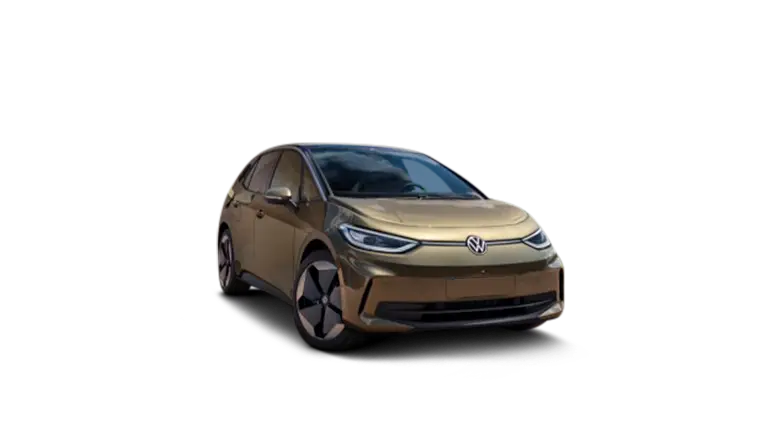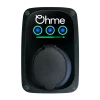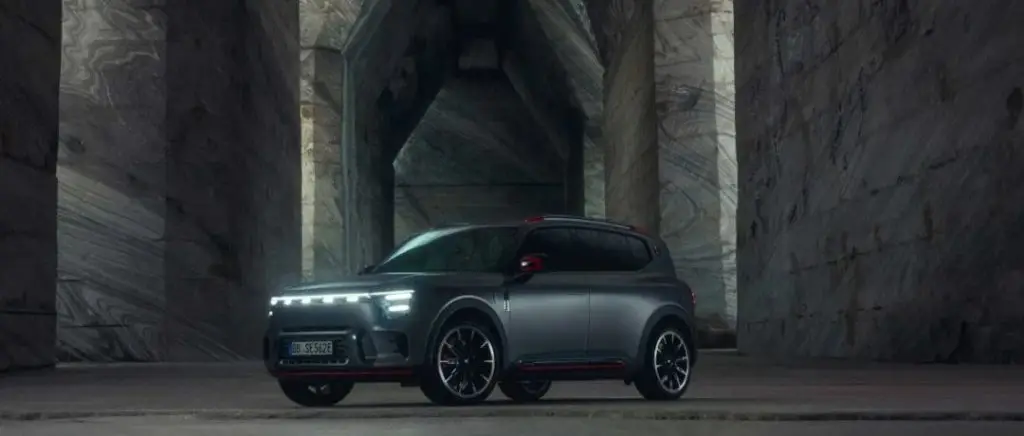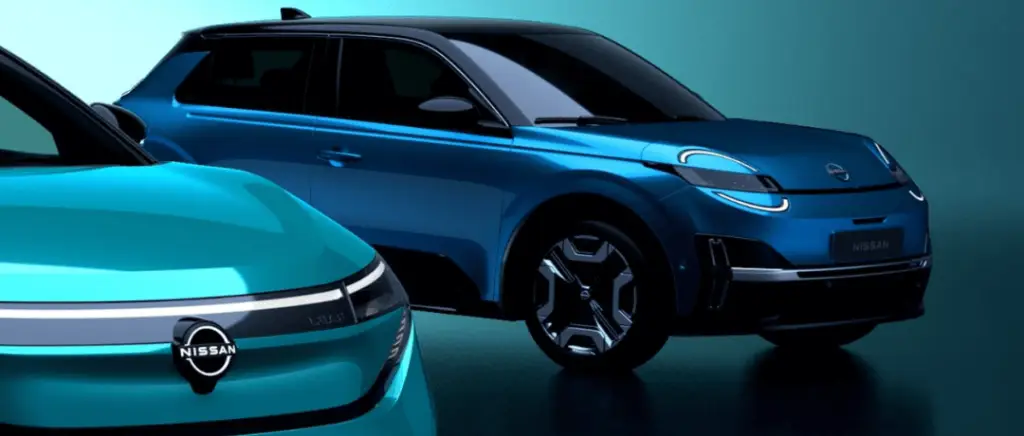The Renault Kangoo is part of the Renault brand's electrification strategy, with its Z.E. range launched in 2011. Unlike the Renault Zoé or Twizy, the Kangoo Z.E. is available in several versions, fromutility to 5-seater. It leads the electric light commercial vehicle (LCV) category. Upgraded in 2017 to 33 kWh, let's take a look at this Kangoo Z.E. Maxi (large volume) and see why it dominates the French LCV market.
Renault Kangoo MAXI Z.E. 33 kWh test drive: therange we've been waiting for
The Kangoo Z.E. was launched in 2011 and has become one of the best-selling electric commercial vehicles on the market. Using technology similar to that of the Renault ZOE, thevan is fitted with a 33 kWh lithium-ion battery and a 44 kW electric motor developing 60 hp. The 33 kWh battery has a greater capacity than the original, and although it occupies the same space under the load floor as the old battery, the battery footprint remains the same and does not encroach on the rear charging volume.
Upgrading the Kangoo Maxi Z.E. to 33 kWh enables it to benefit from a new heat pump in the air-conditioning system, which helps maintain autonomy even in cold weather by limiting the use of energy-consuming electric resistors.
Charging the new Kangoo Z.E. has been made faster and easier thanks to a new charger that is twice as powerful as the one it replaces. A full charge now takes just six hours when plugged into a 32A socket, an hour more than its predecessor despite the 11 kWh increase in battery capacity. Allow 35 km per hour of charging.
The van has a payload of 640 kg and is available in three body styles: Standard, Maxi and Maxi Crew. The standard version is 4.28 meters long and has a load capacity of 3.0 cubic meters, while the Maxi is 4.66 meters long and can carry 4.6 cubic meters. The Maxi Crew is the five-seater version of the Maxi and, as a result, has a reduced load volume of 3.4 cubic meters.
Test Renault Kangoo MAXI Z.E. 33 kWh : The all-purpose van
On the road, the new Renault Kangoo Maxi Z.E. is the ideal van for city driving. Turn the key and it's hard to notice the electric motor come to life. Then simply switch on the automatic gearbox, release the handbrake and off you go.
Acceleration is a little disappointing for an electric vehicle, with low initial torque. It's certainly slower than the Citroën e-Berlingo, and particularly slow on any gradient. Our test vehicle was rear-loaded with 250 kg, yet we expect most Kangoo Maxi Z.E. drivers to carry a similar load in their daily activities.
However, it's unlikely that many potential buyers will base their decision on sheer performance, which is the only drawback to driving pleasure.
City driving is effortless, with precise steering and easy cornering despite its size. The absence of engine noise eliminates on-board vibrations and leaves room for silence. We tend to forget about the driving experience for a utility vehicle given its use, but an electric vehicle in the city is above all a relaxing experience.
Inside, the Kangoo Maxi Z.E. is more modern than its competitors. The dashboard plastics are hard and can be improved. The TomTom satellite navigation system is an optional extra, and the dashboard touchscreen is set deep into the dashboard, so you'll have to stretch to touch it - be careful not to be too small.
Range is based on the NEDC standard (less precise than WLTP). During our test drive, actual range was 198 km, perfectly equivalent to its cousin the Nissan e-NV200, but with a smaller battery. A good point in this respect.
